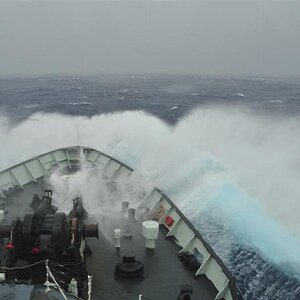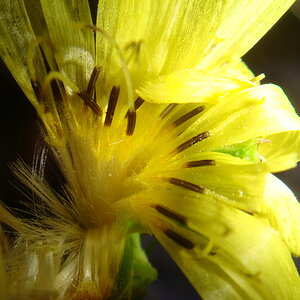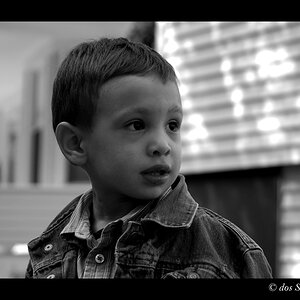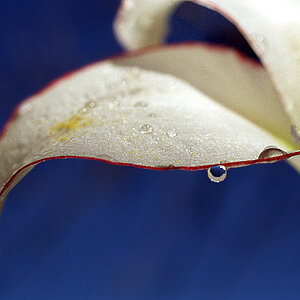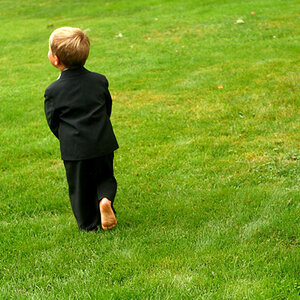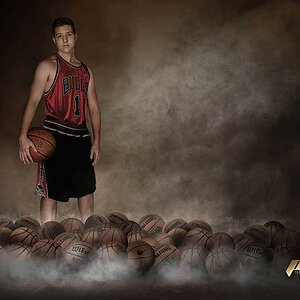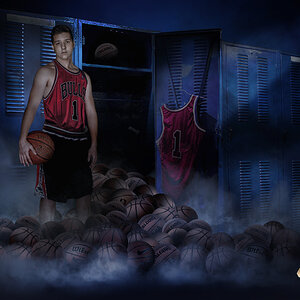JamesD
Between darkrooms
- Joined
- Mar 20, 2005
- Messages
- 1,054
- Reaction score
- 44
- Location
- Living in Snapshot reality.
- Can others edit my Photos
- Photos NOT OK to edit
I think this isn't technically alt-process, but I think that those who frequent this portion of the forum might know a bit more about the topic than in other areas. Moderator wisdom prevails, and I certainly won't be offended should this thread be moved.
It's like this: I've got a box of Arista Half/Line litho ortho 4X5 film, and associated developer poweder parts A & B. I also have precisely no idea what to do with it. It was given to me by Ed, and he suggested some experimentation, but I have no clue where to start.
So, what precisely is this stuff? What exactly can I do with it? I know the principle of lithography (black or white, no intermediate tones, right?) but I'm not sure what.. well, I don't know what I don't know. Google searches have been surprisingly unproductive.
So, if you know something about this stuff, or better yet, you've used it before, I'd be most grateful for some insight into the matter.
Thanks,
-James
It's like this: I've got a box of Arista Half/Line litho ortho 4X5 film, and associated developer poweder parts A & B. I also have precisely no idea what to do with it. It was given to me by Ed, and he suggested some experimentation, but I have no clue where to start.
So, what precisely is this stuff? What exactly can I do with it? I know the principle of lithography (black or white, no intermediate tones, right?) but I'm not sure what.. well, I don't know what I don't know. Google searches have been surprisingly unproductive.
So, if you know something about this stuff, or better yet, you've used it before, I'd be most grateful for some insight into the matter.
Thanks,
-James





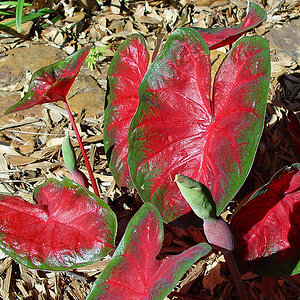
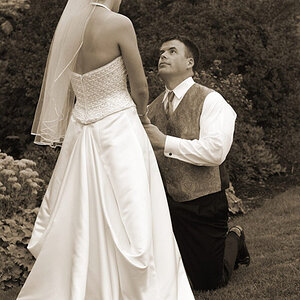
![[No title]](/data/xfmg/thumbnail/31/31093-5a5bf042a168153ccffbce7a66501050.jpg?1619734610)
